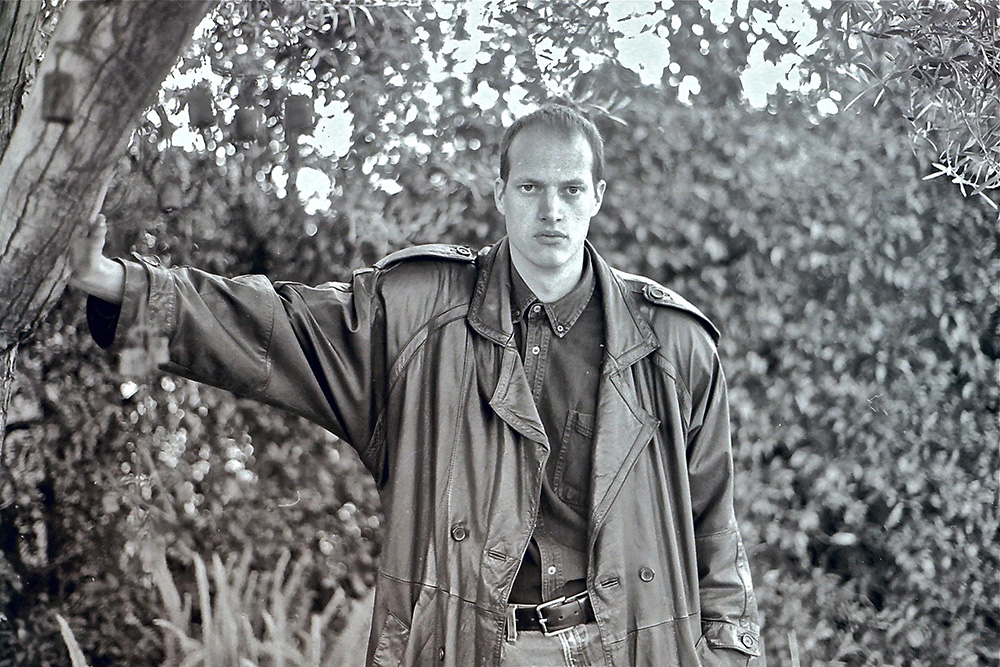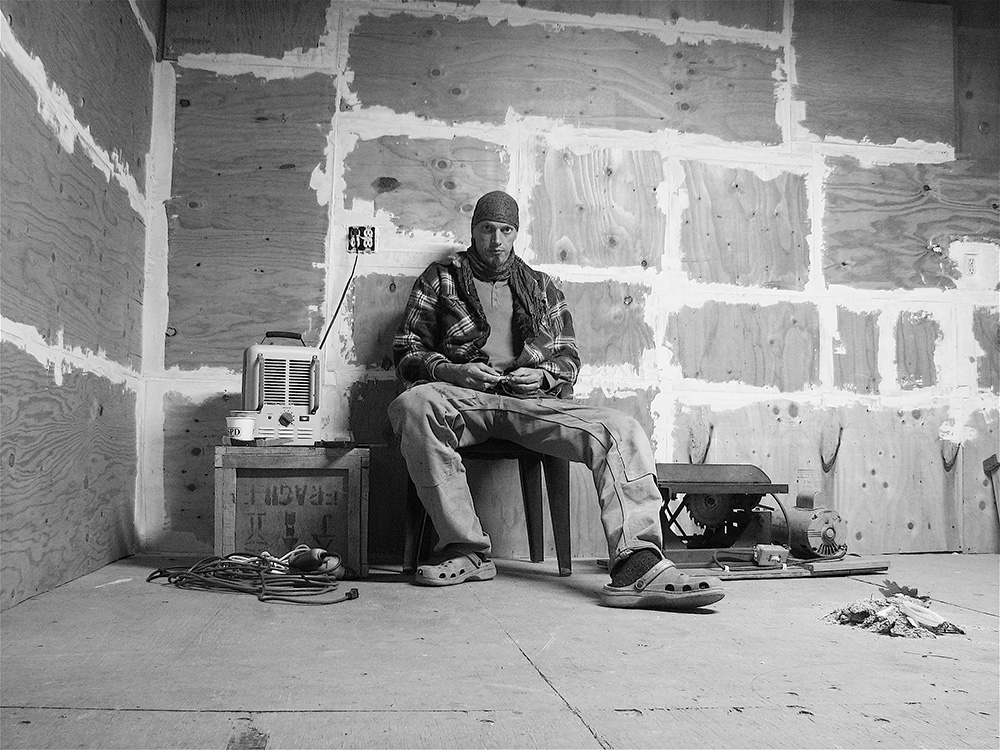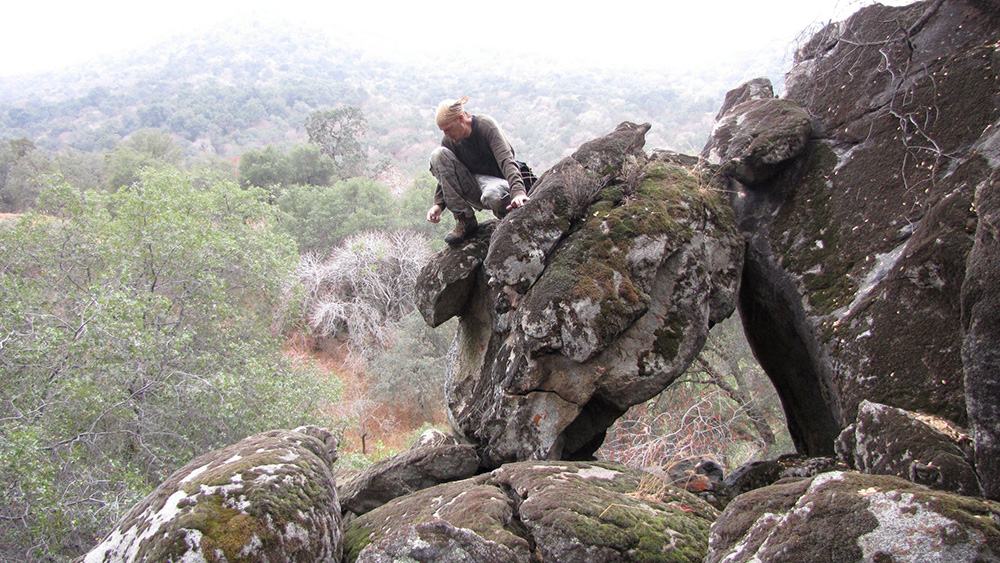Dark Sevier
Dark Sevier works as a multimedia artist, Mayor of a Trans-Dimensional Portal™ (accessible from undisclosed locations), and currently dwells in Butte, America.
Originally an Okie from Muskogee, Dark was raised in a right-wing, white supremacist, apocalyptic Christian cult. Through improvised de-programming rituals and augmented neurochemical conditioning he escaped that reality bubble, and has been popping in and out of other reality bubbles ever since.
Dark began his artistic endeavors as a 35mm photographer, standup comedian/emcee, writer, actor, and graphic/sculptural artist in 1990’s Los Angeles, California.
After spending the last decade of the 20th century in LA, Dark spent the first decade of the 21st century on the Island of O’ahu. In that time his artistic endeavors moved into digital photography, kinetic sculpture, and self-sustaining miniature plant arrangements. He continued to develop his performance arts as a writer (various blogs), emcee and poet (India Café), talk show host (“A Dark Night at the rRed Elephant”), and political rabble rouser (see his FBI file).
While on O’ahu, Dark operated the only organic landscape nursery in the State of Hawai’i, developing expertise in the fields of sustainable farming, specializing in organics, permaculture, xeriscaping, and climate-specific landscape arrangements.
Recently, Dark was the founding Music Director of KBMF radio. On his Thursday night radio show ( “Clark and Dark” ), he initiated an ongoing relationship between Butte, America and the Zulu Kingdom of South Africa, forming a radio alliance with Prince Siboniso Zulu and Nongoma FM. “Zulu Summer“, a documentary about the early moments of this relationship, is now available on Amazon Prime and elsewhere.
In the Fall of 2018, Dark launched “Copacetic Conversations” with Mokai Malope of South Africa. First a radio talk show that also became a live venue event, Copacetic Conversations was intended as a “post-partisan” interview program that fostered conversations across political, religious, and cultural divides.
Currently, Dark co-hosts “Post Orthodoxy” with his honey squish (and wife) Ainsley Sevier. Post-Orthodoxy is a live, interactive, video podcast that explores the possibilities of changing our minds, the challenges of disentangling ourselves from fundamentalisms, closely-held beliefs, and consensus dogmas.


































